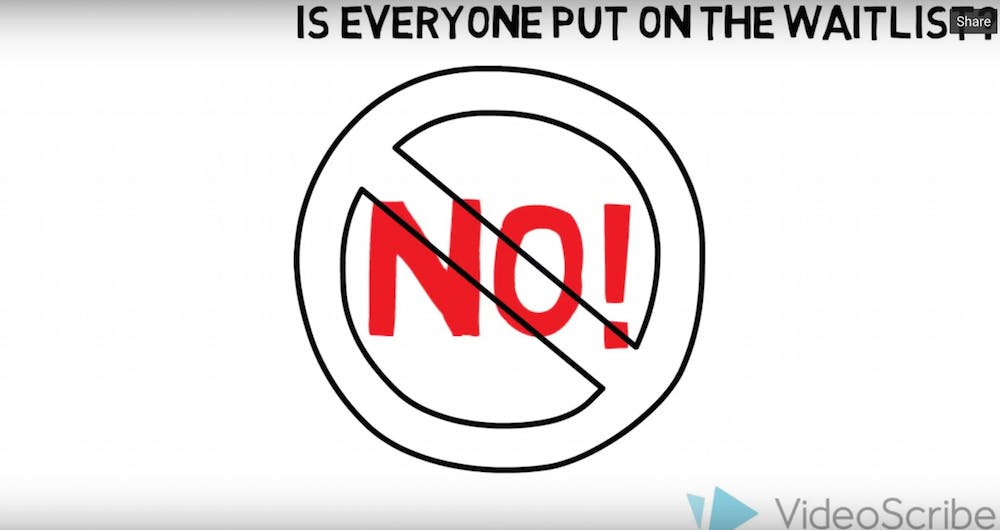Waitlist. It’s the dreaded term you hear from colleges who have too many qualified applicants. The phrase professors use when both of you know you aren’t ever going to get into the class. The problem students face when trying to get help for mental health issues on University of Richmond’s campus.
Fortunately, not all waitlists suggest the same thing. Although a waitlist for a college or course seems to signify, “wait for a miracle,” the waitlist at CAPS simply means, “wait for your turn.” This year alone, the staff at CAPS has grown by 10%. However, the demand for CAPS services has increased by three times as much, and with only 10% more staff, a waitlist becomes inevitable. The good news? The waitlist is not indefinite: the average time students spend on the waitlist is about 11 days.
While the 30% increase in demand is unprecedented, the waitlist is nothing new. In fact, CAPS has had some need for it for the past 10 semesters. That said, the waitlist has never been needed as early as it has this year, only 3 weeks into the semester.
Although the waitlist may seem like a deterrent to students seeking treatment, in reality, the CAPS wait time is relatively small compared to the wait time of off-campus providers, which is typically anywhere from three weeks to three months (not to mention the extra time and money you’d spend getting to off-campus services each week).
Going to CAPS to ask for help does not automatically mean you will be put on the waitlist. Last semester, of the 576 students who sought CAPS, only 138 spent any time on the waitlist. Out of these students 138 students that were waitlisted, 131 were seen and only 7 chose other options.
Why do students spend time on the waitlist? Of course it has to do with the high demand and limited resources, but there are also other factors that can help you be seen more quickly. The biggest is flexibility in scheduling. If you give CAPS only a few hours out of the week that you’re free, it will take much longer for you to be seen than if you are willing to miss just about anything apart from academic classes. If you are willing to see the first available counselor, your wait time may also decrease (however, students sometimes have preferences in this area). It is also crucial that you be as forthright as possible in telling CAPS what you are dealing with so that your CAPS appointment can be scheduled for as soon, and effectively, as possible.
There’s no way to sugarcoat it: being put on the waitlist is discouraging. Seeking CAPS is a really difficult step for a lot of people, and finding out that you’re on the waitlist may seem like all that courage you mustered up was for nothing. But it wasn’t. Waitlist or not, you made the choice to take care of yourself. Please don’t let a number of days deter you from that. CAPS wants to see you as much as you want to see them. There is no problem too small, and no wait list too long, to prevent you from getting the attention and assistance that you deserve.
Sincerely,
The CAPS Interns
Carly Celestino, Melanie Cooke, Bailey Little, & Avery Safford
Enjoy what you're reading?
Signup for our newsletter
Support independent student media
You can make a tax-deductible donation by clicking the button below, which takes you to our secure PayPal account. The page is set up to receive contributions in whatever amount you designate. We look forward to using the money we raise to further our mission of providing honest and accurate information to students, faculty, staff, alumni and others in the general public.
Donate Now



